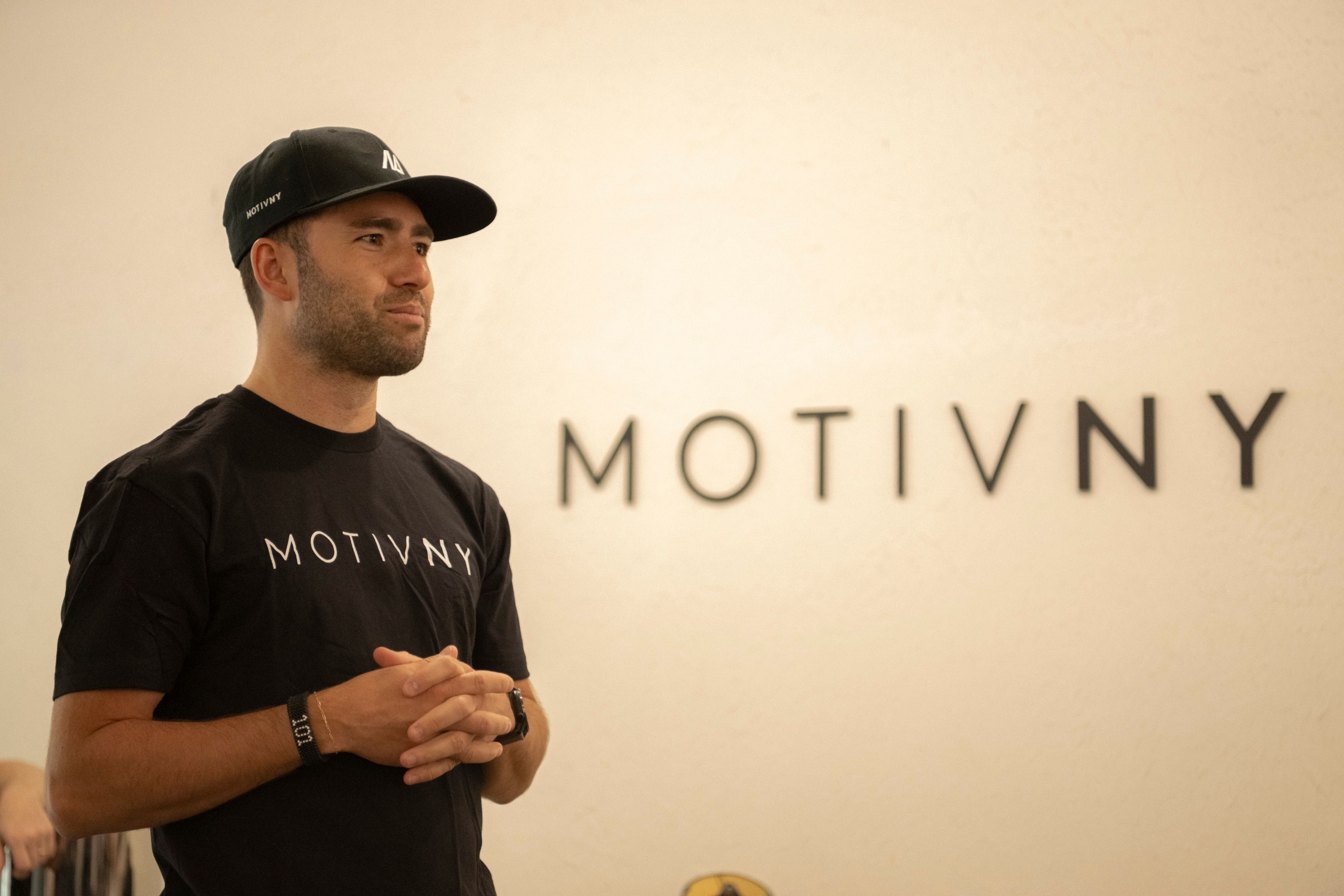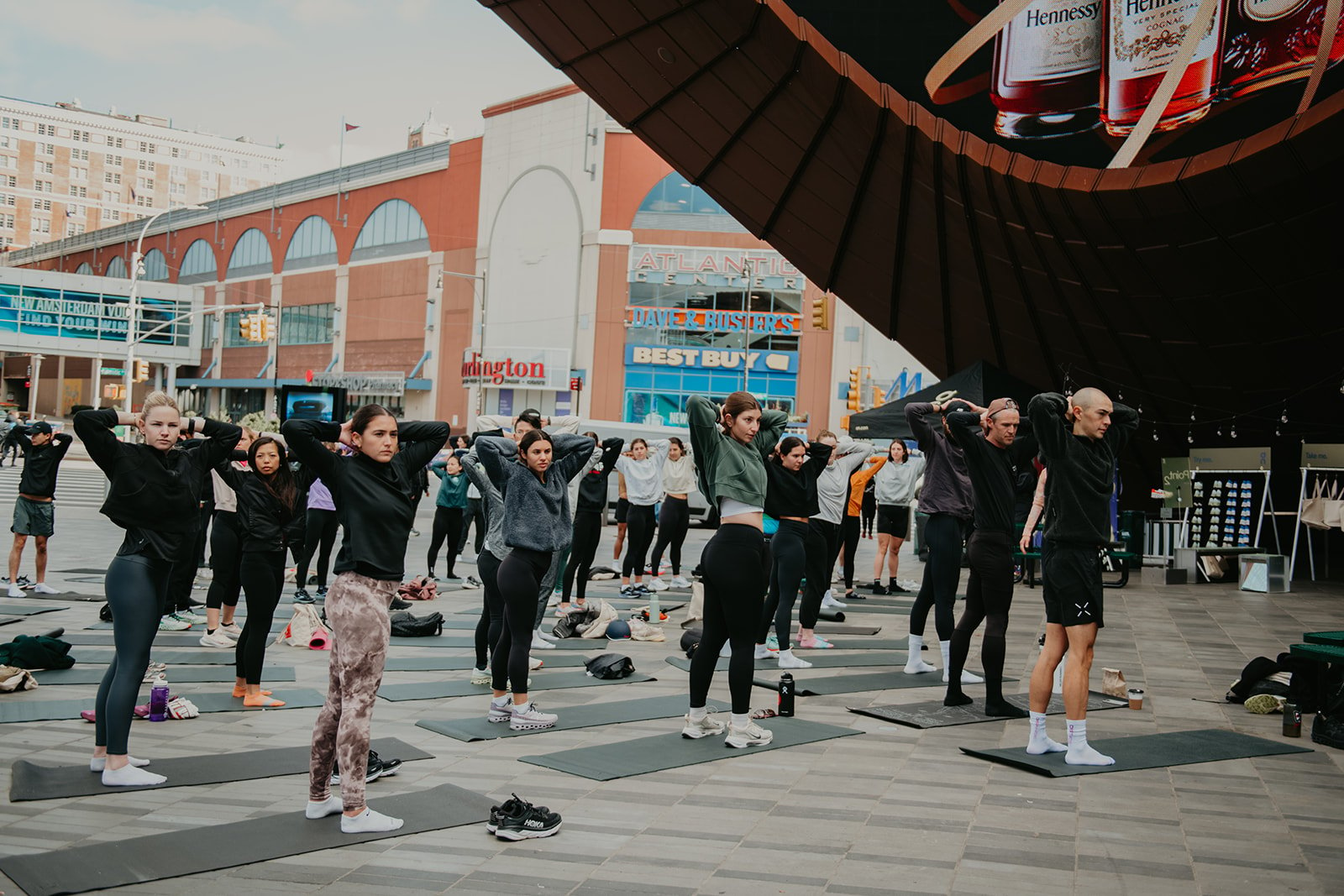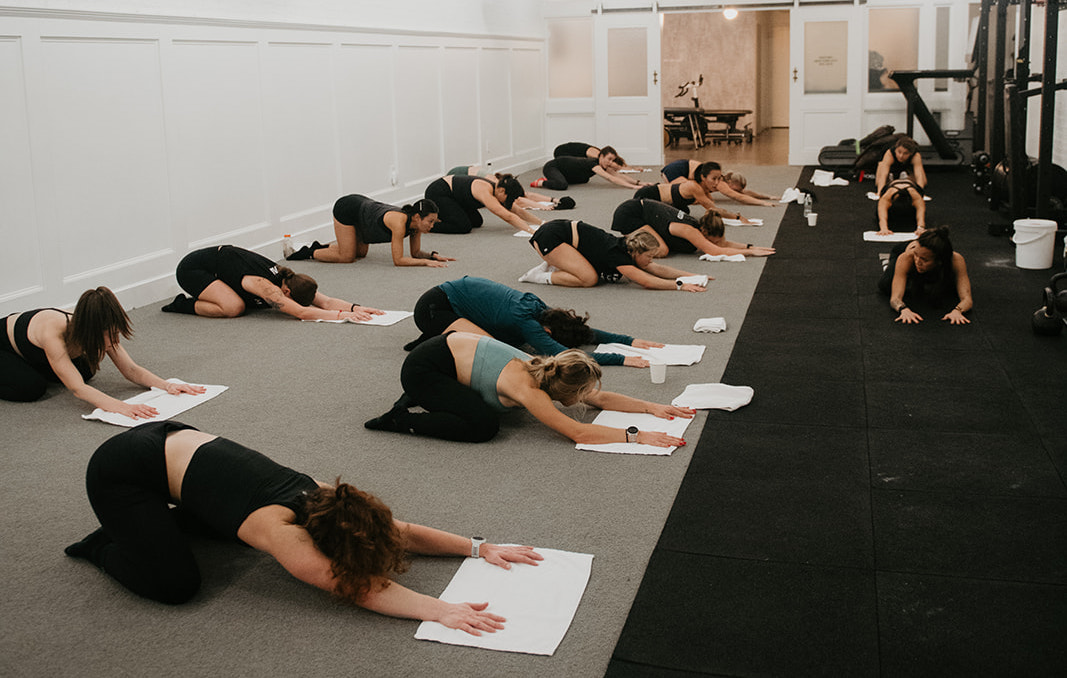Run Programming with Greg Laraia
August 18, 2023
As a runner most of the time we just go out putting one foot in front of the other and don't really think much about what else is happening with our bodies. When you actually start to think about running there are so many different moving parts that take place all at the same time. You can start superficially from literally pumping your arms and driving your knees or you can look deeper at things like fueling and different muscle activations that take place with each step.
My Story
I began my running story back in 7th grade when I missed the sign ups for every other sport. I had played a bunch of sports growing up and landed on running accidentally and fell in love with it pretty quickly. I stuck with it through junior high/high school, ran all 4 years collegiately at the Division II level and I continue to compete in the NYC area. I began coaching and working on run mechanics shortly after I graduated college in 2012, working with runners of all ages from the track to the marathon distances. I then started a running team for all levels of runners called Streets 101, leading group workouts and long runs on a weekly basis.
Run Programming
When working with a running client, the priority for me is making sure the plan works with each individual. It's easy to put a basic plan together and let the runner figure it out from there but that's not the point of having a coach. Even as a coach, I have a coach. A coach is there to guide you through a plan, accommodating the runner, knowing when to push and when to pull back based on the runner's needs, feedback and goals. Coaching should program and evaluate basic performance metrics like distance, time and heart rate of workouts while managing training loads to be able to adjust the plan according to how the runner is performing and responding. One of my favorite reasons to have a coach in your corner is that it provides you with someone to bounce your emotions off of. If you aren't sure about a workout, a race, or how your body is feeling, you have someone there to help guide you through those tricky situations and hopefully point you in the right direction.
Run Analysis
In conjunction with a coaching plan, it is important to understand how your body moves as a runner. A run analysis session will look at your body when it's in motion. Evaluating your running form and mechanics through video we will look at things like arm swing, spine and hip motion, foot strike, vertical oscillation and stride assessment. A running analysis will identify imbalances or abnormalities throughout your stride that may affect performance or lead to injury. The goal is to identify these asymmetries to help you improve efficiency, because with efficiency comes reduced injury and improved performance. With a run analysis you will get cues to help improve any imbalances along with strength and mobility exercises to guide you into new motor habits and an improved routine.




